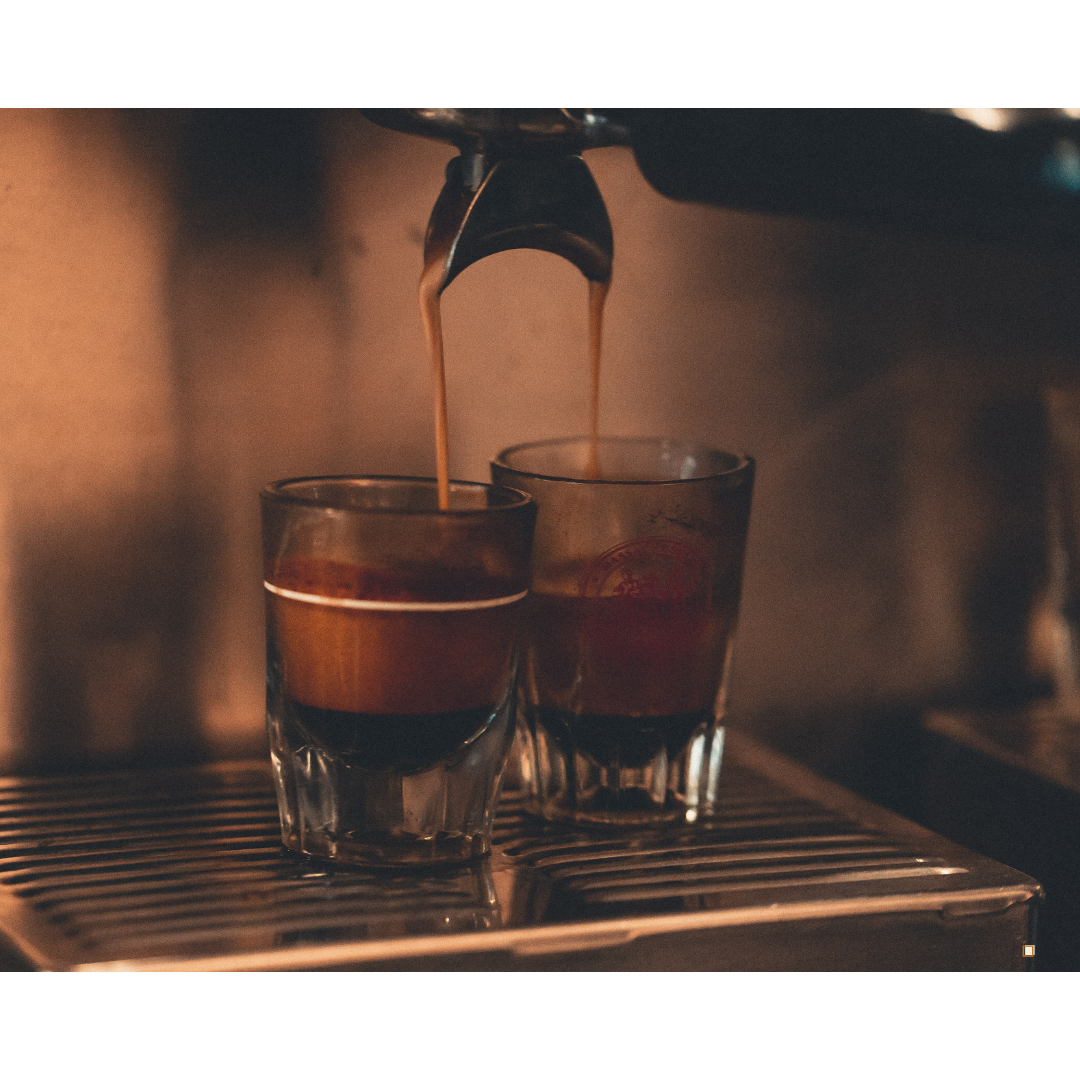
How to Use an Espresso Machine with Whole Bean Decaf Coffee
For coffee enthusiasts who enjoy the rich, concentrated flavors of espresso but prefer to avoid caffeine, making espresso with whole bean decaf coffee can be a perfect solution. While decaf may lack caffeine, it doesn’t have to lack flavor. Using whole beans and grinding them fresh allows for maximum aroma and taste, giving you the full espresso experience. Here’s a guide on how to use an espresso machine with whole bean decaf coffee, from grinding to extraction, so you can enjoy a quality espresso shot every time.
Choosing and Grinding Whole Bean Decaf Coffee for Espresso
One of the most crucial steps in making a quality decaf espresso shot is selecting and grinding the beans correctly. The grind size and freshness of the coffee beans are essential for achieving the right flavor and crema in your espresso. When choosing a decaf coffee, look for one that is specifically suited to espresso, as some blends and single origins perform better in espresso extraction due to their rich and robust flavors. You might opt for beans with chocolatey, nutty, or caramel notes, which are commonly enhanced in the espresso process.
Once you have your beans, it’s time to grind. Using a burr grinder is recommended for espresso, as it produces a consistent grind that’s essential for even extraction. For espresso, the grind should be fine, similar to table salt, allowing water to pass through slowly and build up pressure in the portafilter. This is crucial because a grind that is too coarse will cause the water to pass through too quickly, resulting in under-extraction, while a grind that is too fine will over-extract, leading to a bitter taste.
To find the right grind size, start with a fine setting on your grinder and adjust as needed. If the shot pulls too fast, make the grind finer, and if it’s too slow, make it slightly coarser. Espresso requires precise dialing-in, so take note of the grind setting that works best for your machine and decaf coffee. Remember, decaf beans are slightly more brittle due to the decaffeination process, so avoid grinding too quickly to prevent overheating and damaging the coffee’s natural oils.
Preparing and Pulling the Espresso Shot
Once you have the correct grind, it’s time to prepare your espresso machine. Start by warming up the machine and your cup, as this helps maintain the temperature of the espresso and ensures a consistent extraction. Run a shot of water through the machine to heat up the portafilter and the group head, as both should be hot when pulling your shot.
Next, dose the ground coffee into the portafilter. A standard single shot of espresso typically requires around 7-9 grams of coffee, while a double shot uses 14-18 grams. Lightly tap the portafilter to distribute the grounds evenly, then use a tamper to press the coffee down with consistent, even pressure. Tamping is important because it compacts the grounds, creating resistance for the water to build up pressure, which extracts the coffee’s flavors more effectively.
After tamping, lock the portafilter into the machine’s group head and start the shot. The extraction time for espresso is generally between 25-30 seconds, although this can vary depending on the machine, grind size, and coffee. Aim for a steady flow of espresso that resembles warm honey as it pours into your cup, with a layer of crema on top. Crema is a sign of a well-extracted espresso shot and provides texture and added richness.
If the shot is pulling too fast or too slow, adjust your grind size or dosing until you find the sweet spot. A shot that’s extracted in under 20 seconds may taste sour or weak, while one that takes over 35 seconds may taste bitter or overly intense. For decaf coffee, the timing can sometimes vary slightly, so a bit of experimentation is key to finding the ideal extraction.
Enhancing Your Espresso Experience with Whole Bean Decaf
Now that you’ve mastered pulling a great shot, you can enjoy your decaf espresso as-is or use it as a base for other espresso drinks like cappuccinos, lattes, or Americanos. Decaf espresso can still be bold, flavorful, and satisfying, providing a true coffee experience without the caffeine kick. If you enjoy experimenting, try pairing your decaf espresso with different types of milk or milk alternatives to bring out new flavors and textures. Whole milk adds a creamy texture, while almond, oat, or coconut milk can introduce complementary nutty or sweet flavors.
For those who prefer a lighter espresso drink, consider turning your decaf shot into a cortado or macchiato by adding a small amount of steamed milk. This balances the espresso’s intensity without overwhelming the flavor. Similarly, an Americano can be a great way to enjoy the richness of espresso with a bit of dilution, allowing the coffee’s nuanced flavors to shine through without feeling too intense.
Another way to elevate your decaf espresso experience is to focus on temperature and freshness. Brewing at the right temperature (around 200°F or 93°C) helps prevent bitterness, while using fresh beans ensures that the coffee’s full flavor profile comes through. Decaf beans tend to have a shorter shelf life than regular coffee, so be mindful of the roast date and aim to use them within a few weeks for the best flavor.
Enjoying the Richness of Whole Bean Decaf Coffee in Espresso
Using whole bean decaf coffee in an espresso machine can yield a flavorful, satisfying shot without the caffeine. By selecting quality beans, dialing in the perfect grind, and mastering the espresso extraction process, you can enjoy a true espresso experience with all the depth and richness of traditional coffee. At Frontier Coffee Roasters, we’re dedicated to helping you find the best beans and techniques to suit your taste, so you can make the most out of every cup.

